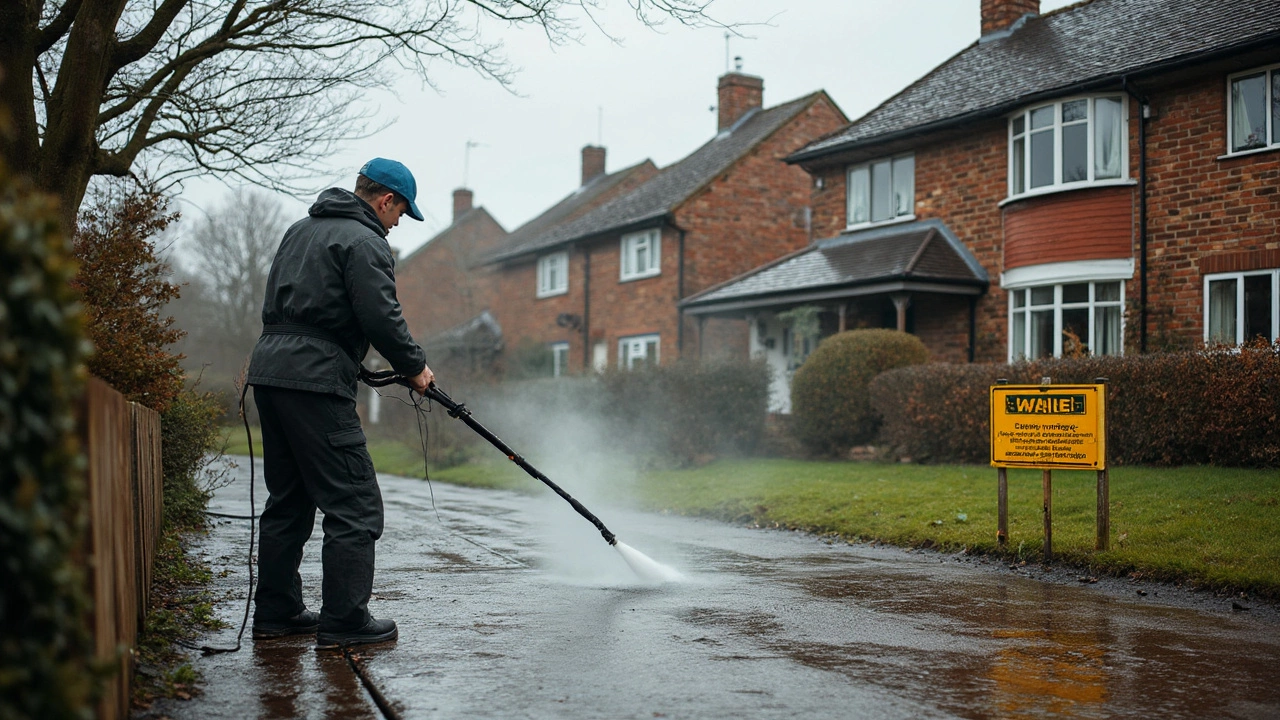Cleaning Drawbacks You Need to Know
When you’re picking a cleaning service, it’s easy to focus on the sparkle and forget the hidden costs. Whether it’s a deep‑clean session, a pressure‑washing job, or an eco‑friendly product line, every option has its own set of downsides. Knowing these before you sign a contract can save you time, money, and a lot of frustration.
Deep Cleaning and Its High Price Tag
Deep cleaning sounds amazing, but the price often surprises homeowners. The reason the bill climbs is simple: pros spend extra time on hard‑to‑reach spots, use specialised chemicals, and bring heavy equipment. That extra effort translates into higher hourly rates. If you only need a quick refresh, a regular cleaning schedule can do the job for a fraction of the cost.
Another pitfall is the expectation that one deep clean will keep your home spotless forever. In reality, dust and grime will build up again within weeks, especially in high‑traffic areas. Treat deep cleaning as a supplement to a solid weekly routine, not a complete replacement.
Pressure Washing and Other Common Pitfalls
Pressure washing is great for removing grime from driveways and siding, but it isn’t without risks. Too much pressure can strip paint, damage wood, or even crack plaster. Many DIYers overlook the importance of adjusting the nozzle and distance, leading to costly repairs.
Starting a pressure‑washing business also comes with hidden challenges. Equipment is expensive, insurance costs rise quickly, and competition can be fierce in busy neighborhoods. If you’re hiring a pro, ask for proof of experience and insurance to avoid cheap‑quality jobs that damage your property.
Eco‑friendly cleaning products are another area where drawbacks show up. Green formulas often cost more because they use specialized ingredients. While they’re better for the environment, the price difference can add up if you use them for every cleaning task. Look for concentrate packs that let you dilute the solution—this stretches the product and reduces the overall spend.
Builders’ cleans also carry their own set of expectations. After a renovation, you’ll need a thorough removal of dust, plaster, and leftover construction materials. This service can be more labor‑intensive than a standard clean, so the price reflects that. Make sure your contract outlines exactly what’s included—otherwise you might end up paying extra for tasks like window frame polishing or carpet shampooing that weren’t part of the original agreement.
To avoid surprise costs, always ask for a detailed quote before work begins. A clear breakdown lets you compare services side by side and spot any hidden fees. Don’t be afraid to negotiate or request a custom plan that fits your budget and cleaning needs.
Bottom line: every cleaning method has its pros and cons. By understanding the drawbacks—whether it’s the high cost of deep cleans, the damage risk of pressure washing, or the premium price of green products—you can make smarter choices and keep your home looking great without breaking the bank.

The Downsides of Pressure Washing: What You Need to Know
Pressure washing can be a quick way to clean surfaces, but it comes with its own set of drawbacks. From potential property damage to safety risks, it's important to weigh the cons before you start blasting away dirt. Understanding what could go wrong helps you make smarter choices and avoid costly mistakes. Make sure you're equipped with the right tips to mitigate these issues.
Read More